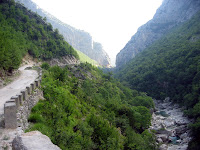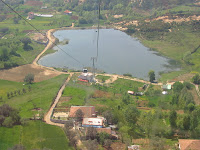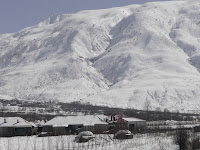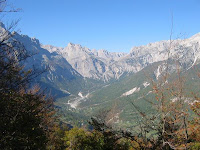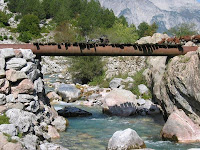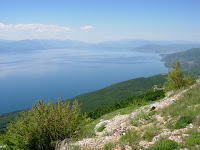Click images to enlarge
The ancient city of Butrint was inscribed as a UNESCO World Heritage Site in 1992 and is the most important archaeological site in Albania. Butrint is situated on a low promontory on the southwest coast of Albania. Butrint is undeniably a beautiful place. Close to modern civilization yet with its monuments in thick woodland, it is reminiscent of the age of 19th-century tourism. Inhabited since prehistoric times, Butrint has been the site of a Greek colony, a Roman city and a bishopric. Following a period of prosperity under Byzantine administration, then a brief occupation by the Venetians, the city was abandoned in the late Middle Ages after marshes formed in the area. The present archaeological site is a repository of ruins representing each period in the city's development.













